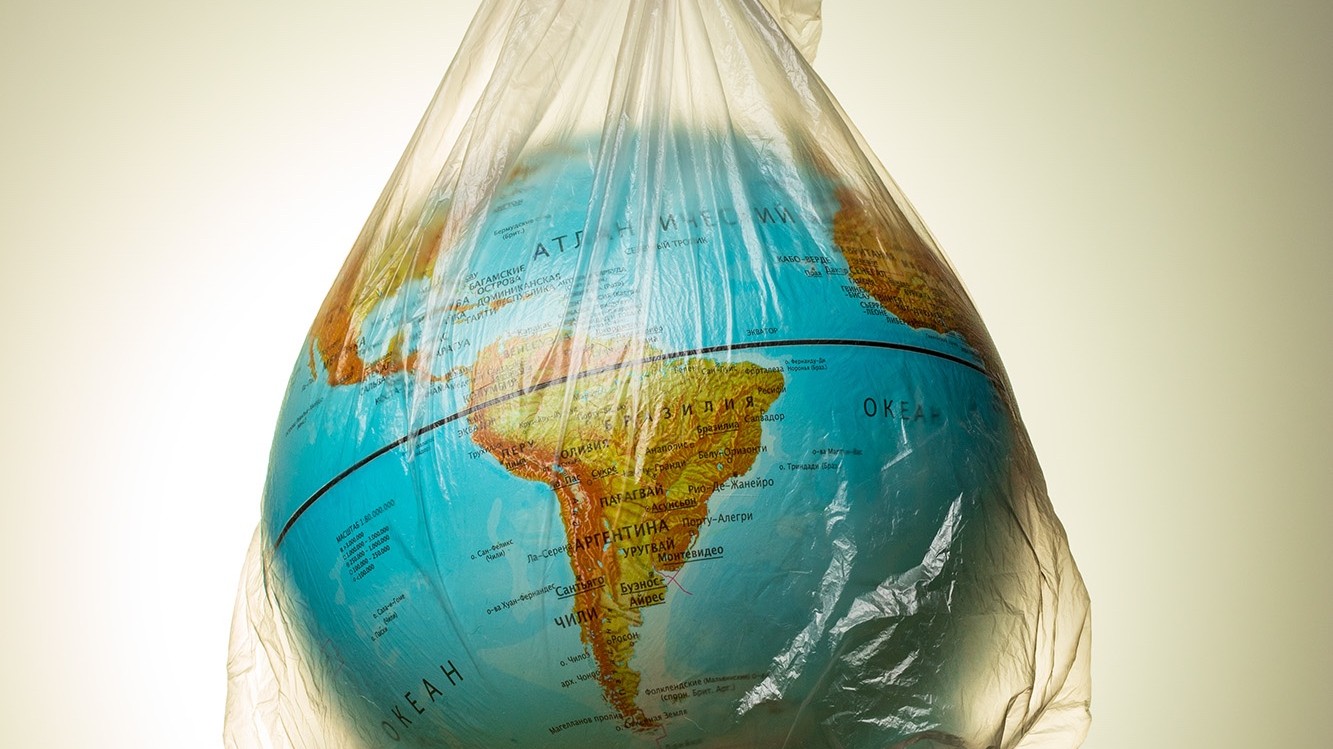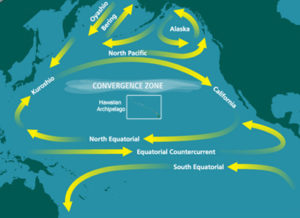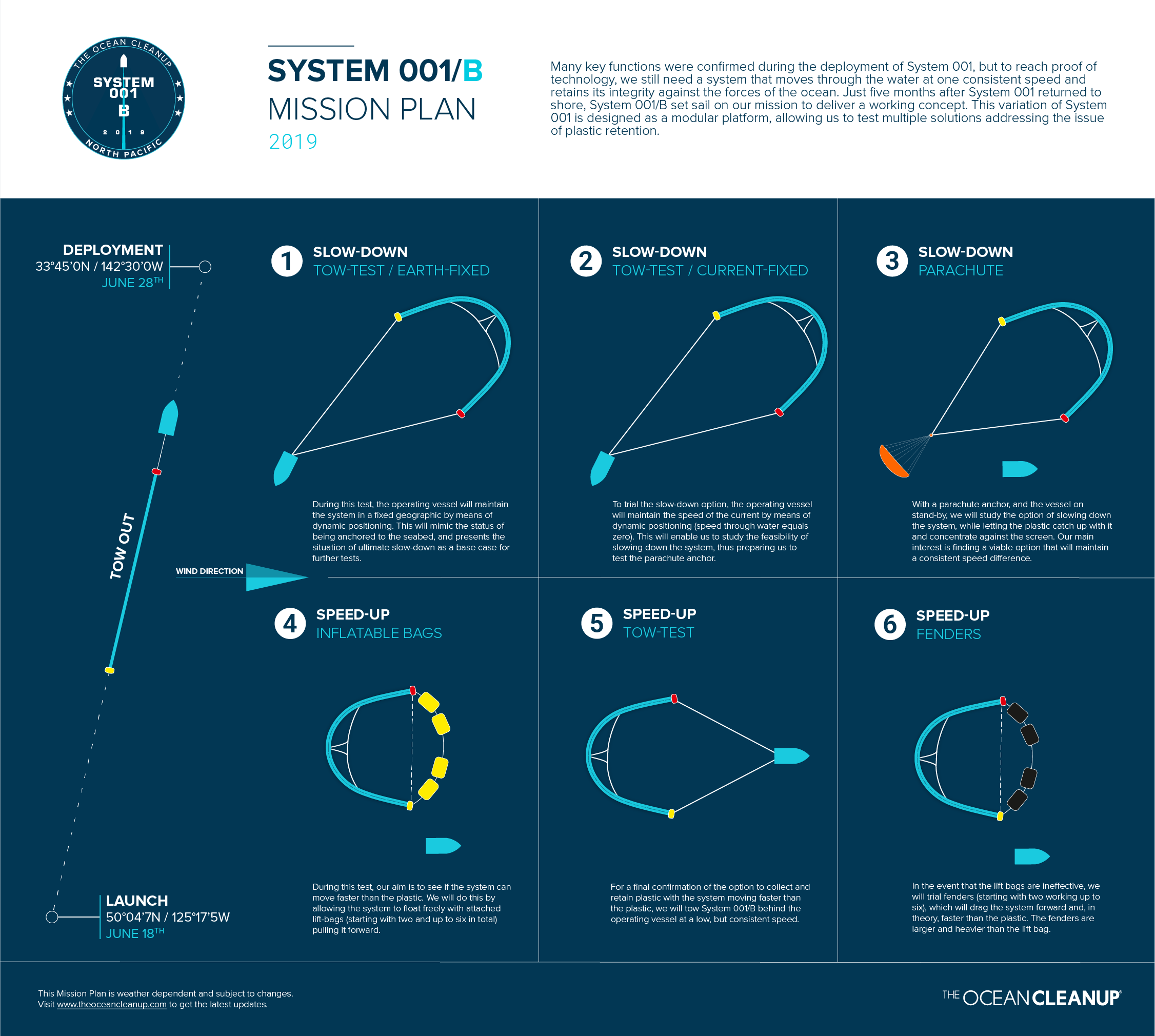
Trash Vortex
Do you know what Trash Vortex is? The Ocean Clean Up? The Seads? Would you like to know more?
Keep reading!
Some time ago, we addressed the issue of ship pollution; we made an overview of the various ways a ship can pollute during its travels around the oceans and talked about the problems related to accidents to which they are potentially exposed.
Today we are focusing on Trash Vortex, a worrying phenomenon that many are familiar with but is always good to keep monitored because it’s not just liquid hydrocarbons that pollute our seas.
Plastic comes synthetically from petroleum and methane through complex chemical processes.
The intensive and careless use we make of this material today is the origin of massive accumulations. Plastic is NOT biodegradable, we DO NOT recycle enough of it, and we CAN NOT dispose of the one produced.
 Twenty years ago, precisely in 1997, the oceanographer Charles Moore, returning from a regatta, crossed a colossal patch of debris made of all kinds of plastic waste. He discovered the “Great Pacific Garbage Patch” until then, only theorized by researchers of the NOAA (National Oceanic and Atmospheric Administration) and made it public through this document.
Twenty years ago, precisely in 1997, the oceanographer Charles Moore, returning from a regatta, crossed a colossal patch of debris made of all kinds of plastic waste. He discovered the “Great Pacific Garbage Patch” until then, only theorized by researchers of the NOAA (National Oceanic and Atmospheric Administration) and made it public through this document.
The “island”, located between the 135th and 155th west meridians and between the 35th and 42nd parallel north, has an extension of at least one million square kilometres. A plastic soup the size of half a continent formed thanks to the Oceanic Circular Current, the North Pacific Subtropical Vortex, from the 1950s to today – with significant acceleration from the 1980s onwards.
It is not just a problem that affects the Pacific; on the opposite side of the globe, in the Atlantic and, precisely, in the Sargasso Sea area, an equally large island was formed.
Plastic is also accumulating in our beloved Mediterranean; just in these years, a vast accumulation of debris was discovered west of the island of Elba, under the Gulf of Tigullio. And it is not excluded that other “garbage patches” have formed or will form, in all the world’s seas, following the numerous eddies created by the currents.
The amount of plastic waste in our seas is around 150 million tons! With an increase of 8 million tons per year!
Millions of debris have been floating for decades, photo-degrading into smaller and smaller fragments that are mistaken for plankton by the organisms that eat them.
The first mapping of these waste heaps was made in 2014 and published in the US scientific journal “Proceedings of the National Academy of Sciences”.
It tells us that even if huge, the islands DO NOT show us all the plastic we produce and pour.
The phenomenon is much more extensive!
Let’s try to imagine how much waste dumps into the rivers, which carry them daily on their way to the sea.
86% of these spills originate from the Asian rivers of China, India, Southeast Asia and Indonesia. The rest are from the African, South American, Central and North American rivers. Europe is last in the rankings with a percentage of 0.4%.
We add up natural phenomena such as tsunamis, which tear vast amounts of debris from the mainland and accidental marine pollution that we talked about in the article a few months ago (Link), and we will have an idea of the general picture.
Not only bottles, containers, packing tapes, fishing nets, polypropylene cables and large quantities of material from accidents at sea.
The scenario is not reassuring.
The consequences for direct and indirect damage are heavy and invaluable for the ocean ecosystem, human health and climate.
Plastic carried by the current accumulates, forming an expanse impenetrable to light, killing phytoplankton, the basis of the marine food chain and vital aid for producing oxygen and absorbing carbon dioxide produced by man.
Plastics of all kinds and shapes kill marine animals by preventing them from hunting when they become entangled, suffocating them when they prevent oxygenation or no longer allowing them to feed due to obstruction when ingested.
In the form of microplastics, they scale the food chain to us.
The phenomenon is relatively young, and studies are ongoing on several levels, but something is starting to move.
Some solutions, albeit controversial, tackle the problem head-on; others propose to intervene upstream on habits; others impose regulations and laws.
Worth mentioning are the following:

The project: The Ocean Cleanup 2020, which sees a young Dutch entrepreneur Boyan Slat engaged in the most immediate and apparently logical solution to collect waste. The system uses 600-meter-long floating tubes supporting a 2-meter wide net. Transported to the Garbage Patch by the Maersk Transporter, a large offshore tugboat, the Ocean Cleanup can be remotely controlled through sensors, cameras and satellite guidance. These days we are experimenting with different control systems to find the most suitable for the purpose. This tool promises to collect 1000kg of waste per week when fully operational.
You can follow the evolution of the project online, we are doing it on linkedin.
- An Italian project: Seads, Sea Defense Solution, by Engineer Fabio Dalmonte, proposes barriers to collect waste in rivers before it reaches the sea.
- Since 2020 the EU has banned plastic cotton buds, and in 2021 restrictions have come into force throughout the European territory on the use of single-use plastic: cutlery and picnic plates, straws, plastic sticks for balloons banned, food containers and cups in expanded polystyrene.
- From 2025, PET bottles will have to contain at least 25% recycled plastic, increasing to 30% in 2030.
- Plastic material reduction and recycling policies promote around the world.
- Major automotive brands have committed to using bioplastics in car components (e.g. Toyota, Mercedes, Ford).
- Coca-Cola and Pepsi have undertaken to recycle and reuse all plastic bottles and packaging by 2025 and to provide for the use of biodegradable plastics.
- Local initiatives to ban plastic tableware on beaches already commit many municipalities today.
While waiting for other solutions to be proposed and adopted by Governments and industrial giants, we private citizens can do nothing but talk about them. Raise awareness and contribute to preventing any worsening of pollution and the related “Patch Vortex” problem, avoiding single-use plastic material, moving from a linear economy to a circular economy, and becoming aware that our commitment can also be important.
Of course, it hurts to think that while people are engaged on this front, others are acting on the opposite show with devastating results. The environmental damage caused by the explosion of the Nord Stream gas pipelines has been in recent days. The historical period we are experiencing is full of disturbing unknowns affecting everyone. However, our commitment must be systematic and constant!
What can we do in practice?
Some practical advice:
- We use glass or paper cups for drinking water and coffee when we have the opportunity.
- We carry a reusable bag for shopping.
- We prefer bulk foods to packaged ones.
- We avoid drinking with straws at the bar.
- We locate and buy from zero-kilometre markets or “on tap” shops.
- We use separate collections.
We must pass our daily actions and decisions through a mental filter to reduce plastic use.
I would not like to repeat myself with the brief phrase of the legendary Italian artist Totò that I used for the article on marine pollution linked at the top of the page, albeit apt.
Instead, I leave you thought of a great Russian philosopher:
“Love animals: God has given them the rudiments of thought and an undisturbed joy. Do not be upset by them, do not mistreat them, do not deprive them of their happiness, do not oppose the divine thought. Man, do not boast of superiority over animals: they are without sin, while you, with all your greatness, defile the earth with your appearance on it and leave your rotten footprint behind you; unfortunately, this is true for almost all of us.”
FËDOR MICHAJLOVIČ DOSTOEVSKIJ

